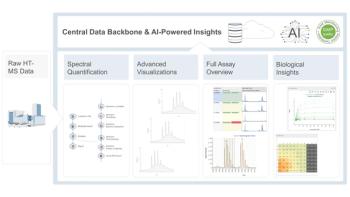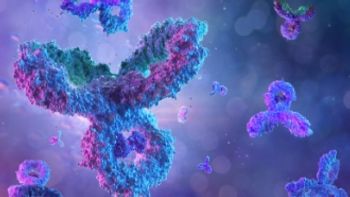
Pittcon 2024: Identifying PFAS in Anti-Fog Products Using GC-TOFMS
During a workshop at Pittcon, David Alonso of LECO Corporation discussed how gas chromatography–time-of-flight mass spectrometry (GC-TOFMS) can be used to identify polyfluorinated alkyl chemicals (PFAS) chemicals in anti-fog product solutions.
On February 25, at Pittcon 2024 in San Diego, California, David Alonso of LECO Corporation led a workshop about how gas chromatography–time-of-flight mass spectrometry (GC-TOFMS) can be used to identify polyfluorinated alkyl chemicals (PFAS) chemicals in anti-fog product solutions.
Goggles and safety glasses are prone to fogging when working in the laboratory, especially when combined with protective masks. To combat this, scientists have been using have been using eyewear with anti-fog properties, as well as anti-fog sprays and clothes to improve visibility. However, according to recent studies, these sprays and cloths run the risk of containing high levels of PFAS and other dangerous chemicals, some of which are linked to diseases like cancer. As such, anti-fog solutions must be properly characterized to identify the presence of dangerous chemicals.
A recent study by David Alonso of LECO Corporation was done to characterize anti-fog solution compounds using GC-TOFMS. This proved notable, since according to the scientists, most anti-fog constituents are not listed in commercially available mass spectral databases. To identify unknowns, enhanced chromatography and high-resolution time-of-flight mass spectrometry (GCxGC-HRTOFMS) were used. GCxGC-HRTOFMS allowed enhanced chromatographic resolution and helped them determine chemical formulas using accurate mass measurements for different ions. Combined with the high selectivity and accurate measurements of HR-TOFMS, these approaches to chromatographic resolution can lead to accurate and effective anti-fog component annotation.
Reference
(1) Identifying PFAS Chemicals in Consumer Anti-fog Product Solutions Using GC-TOFMS. Pittcon and The Pittsburgh Conference on Analytical Chemistry and Applied Spectroscopy, Inc. 2024.
Newsletter
Join the global community of analytical scientists who trust LCGC for insights on the latest techniques, trends, and expert solutions in chromatography.





